Are you looking for a holiday destination with tranquil lagoons and pristine beaches? All-inclusive resorts? A short plane ride? Vanuatu ticks all those boxes.
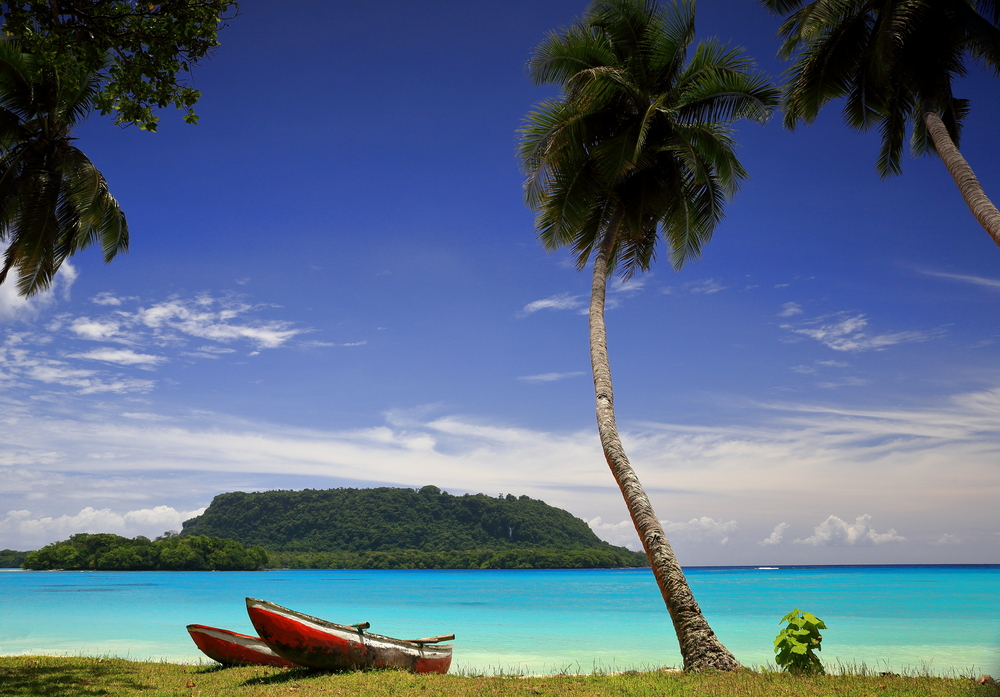
Vanuatu is made up of 83 picturesque islands, just four hours from Australia’s east coast. Just offshore you’ll find a kaleidoscope of coral reefs. Vanuatu has both black volcanic sand beaches and deserted golden beaches. Head inland and you can explore lush rainforest, jungle waterfalls, live volcanoes and soothing hot springs.
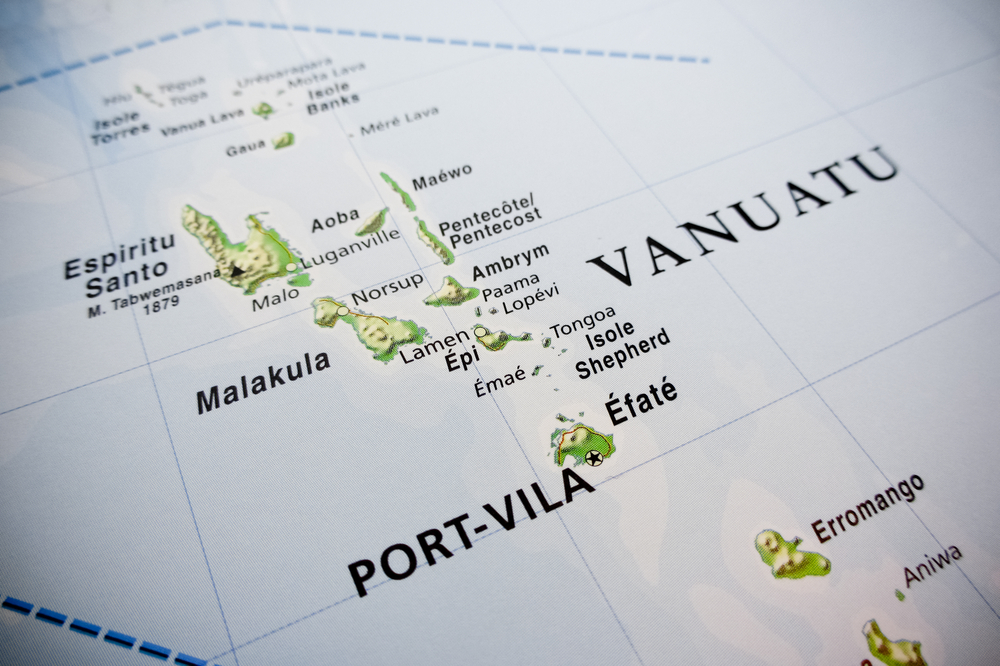
A range of resort and apartment accommodation caters for all types. Many have water activities, Kids Clubs and onsite family facilities to enjoy together. Some also have kids stay free, kids eat free deals.
Vanuatu’s capital, Port Vila, sits on the island of Efate. It’s a great place for families to start, with a range of water sports and family-friendly attractions for every age.
Vanuatu with kids aged 0-4
Babies and toddlers will be in their element in Vanuatu. The locals adore kids and will shower them with attention.
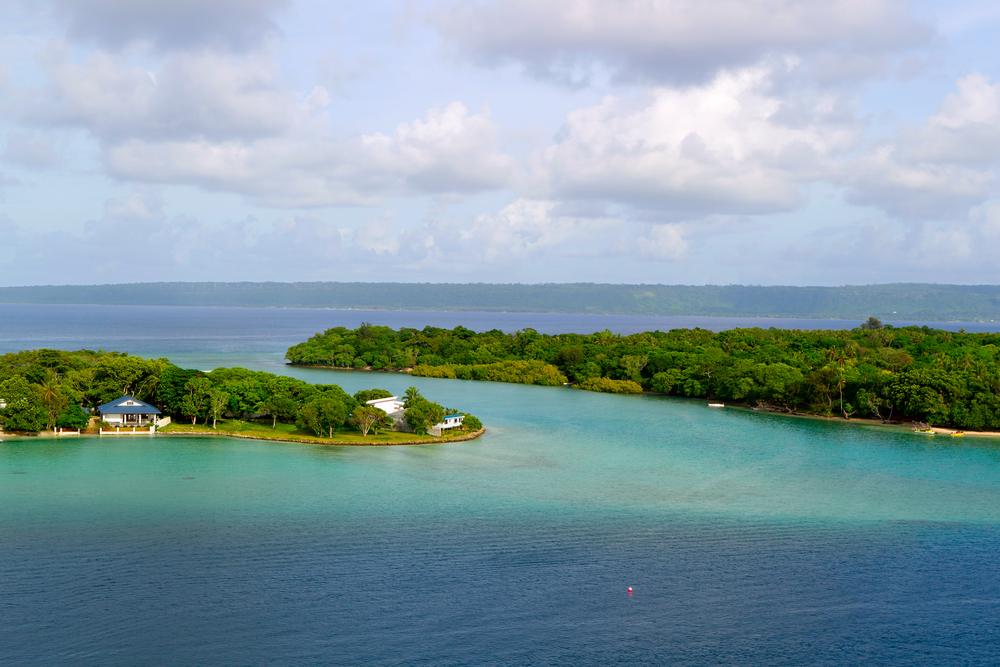
Families with tots should begin in Vanuatu capital, Port Vila, where you can find plenty of world-class resorts with enormous swimming pools, kids’ clubs, gentle outdoor activities and access to safe swimming beaches.
Outside the resorts and you can explore Vanuatu’s unbelievable fresh blue waterholes, seaside markets and authentic cultural villages. Easily accessible supermarkets stock all your baby needs and most restaurants and cafes serve kid-friendly cuisine.
Just make sure you bring reusable nappies. Vanuatu does have a nappy ban.
Vanuatu with kids aged 4-8
This is the prime age bracket for Vanuatu’s Kids’ Clubs. Kids aged between 4 and 8 will love the activity programs on offer.
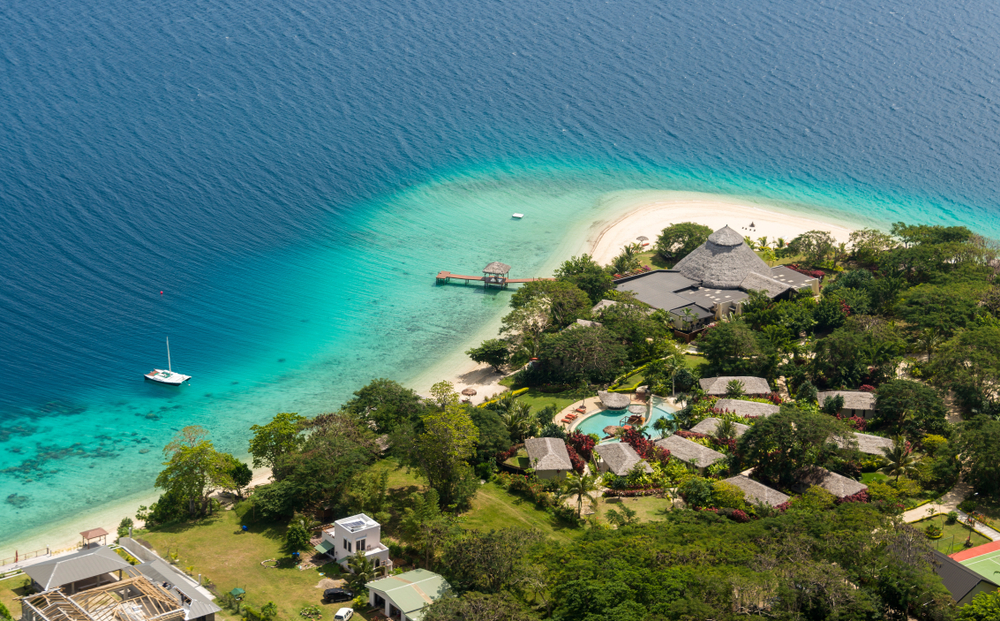
It’s also a great age to try island tours and experience a bit more of the local culture.
At Ekasup Cultural Village you can experience a traditional welcome, with demonstrations of fire-walking and dancing.
Splash in the tranquil pools and waterfalls of Mele Cascades, around 10 minutes from Port Vila. Hope on the ferry for a short trip to Hideaway Island, where you can snorkel in a marine sanctuary and even send a postcard from the world’s only underwater post office.
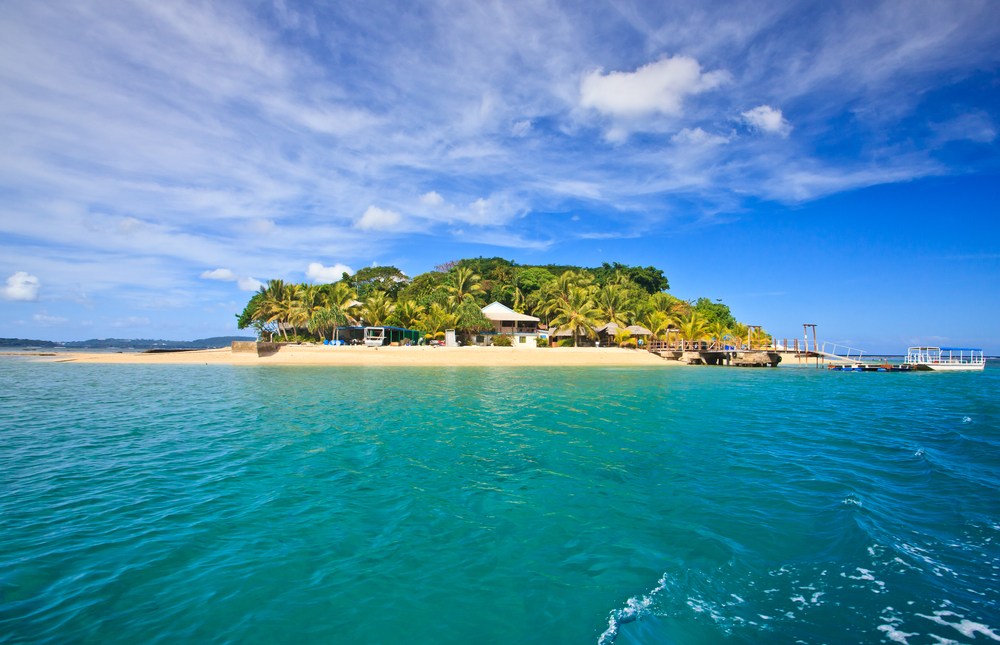
Vanuatu with kids aged 9-12
Expect kids aged 9-12 to make a splash in Efate. Vanuatu holidays with this age group mean stand-up paddleboarding and kayaking and snorkelling with dolphins and turtles.
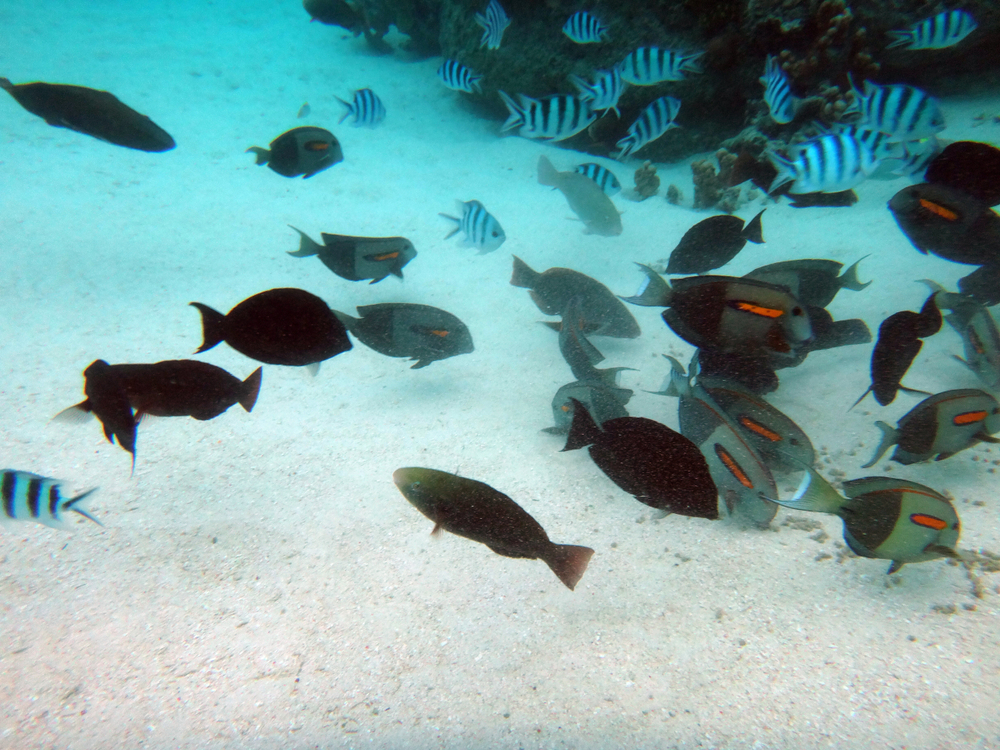
Take off on a Zego Sports Craft sea safari, or go for a stroll beneath the surface at Port Vila’s Oceanwalker. Go nuts on the giant water slides at Wet ’n’ Wild Vanuatu, or roll down a hill in a hydro ball on one of the longest Zorb rides in the world.
If you have a need for speed but prefer to stick to dry land you can launch across the treetops, over a plunging waterfall at Vanuatu Jungle Zipline in Port Vila.
Vanuatu with teens
Hop over to one of the outer islands with adventurous teens. It’s just 50 minutes by plane from Efate to Espiritu Santo, which has a network of blue swimming holes and caverns.
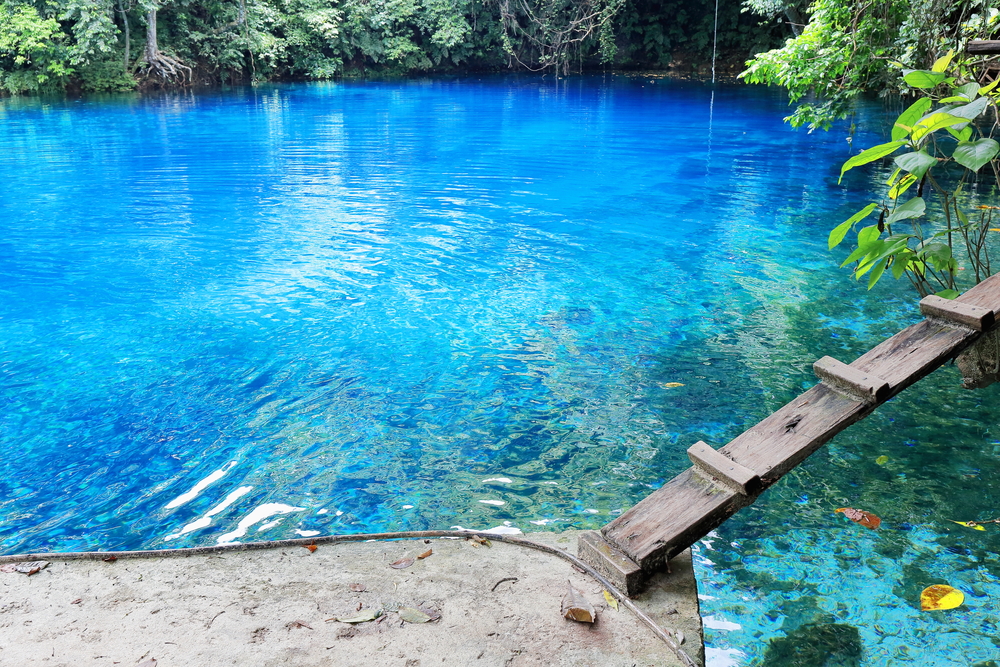
The island was a base for allied troops during World War II and remnants of planes and boats lie below the water. The wrecks are now home to schools of colourful fish they make great diving sites.
Less than one hour north of Port Vila, you’ll find Pentecost Island, known as the home of the bungee jump. Every year the island’s annual land dive festival sees local men launch off wooden towers with only vines tied around the ankles.
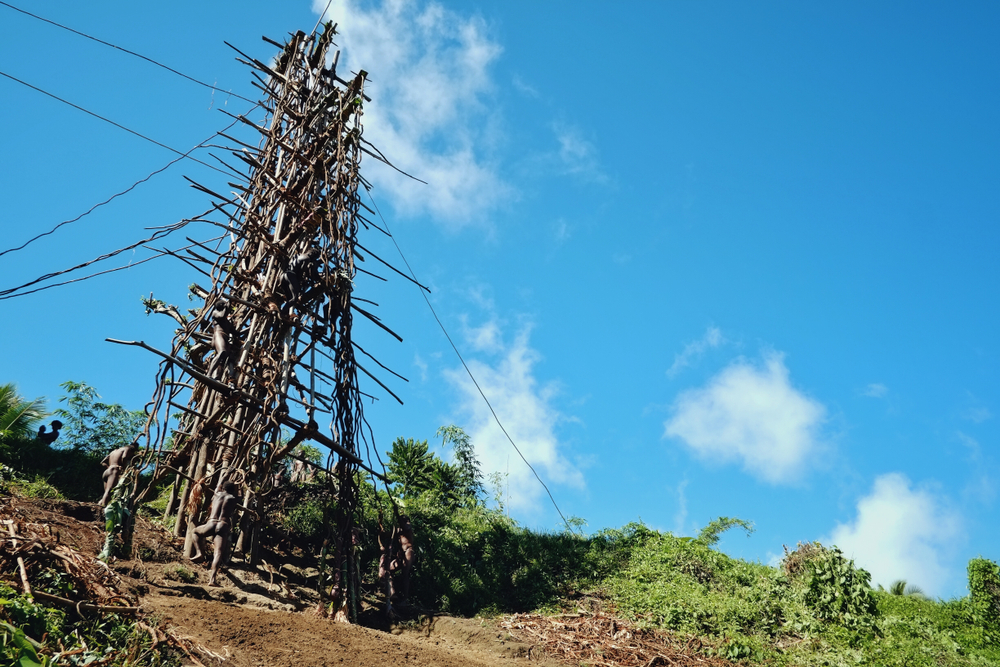
On Tanna Island, 40-minutes from Port Villa you can get up close to an active volcano. Peer into the bubbling molten centre of Mount Yasur, or even try volcanic ash boarding down its slopes.
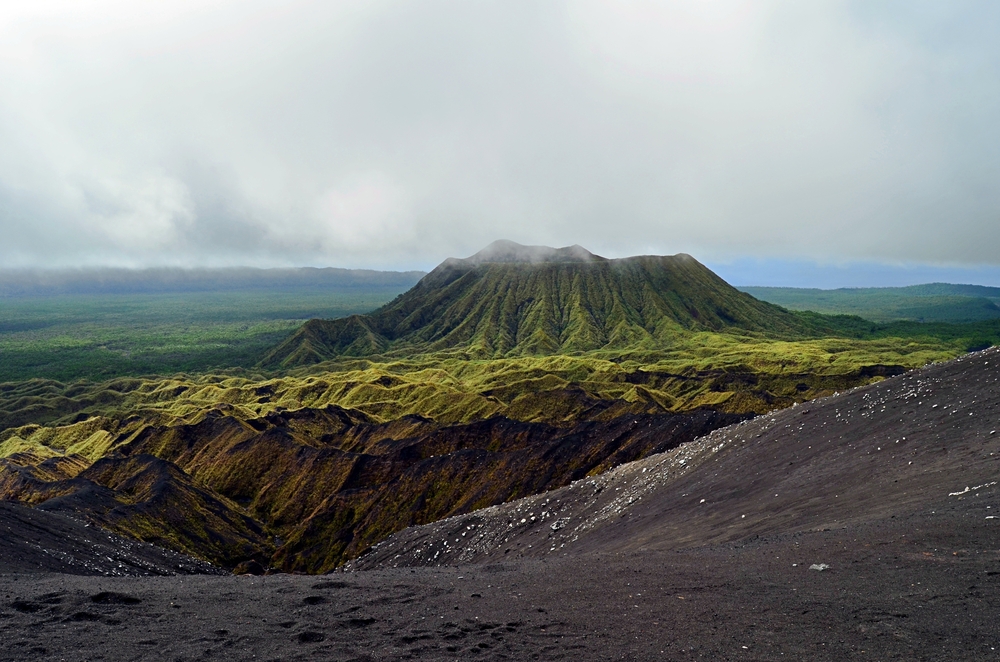
Best time to go
With its warm tropical climate, there’s really no bad time to visit Vanuatu. Conditions are generally best from April to October with warm temperatures between 18 and 28 degrees Celsius and minimal rainfall.
The wet season usually runs from November until March. It tends to be hotter and the high humidity can get uncomfortable for little visitors. It’s also rainy, but showers come in short bursts so rarely impact most activities and tours.
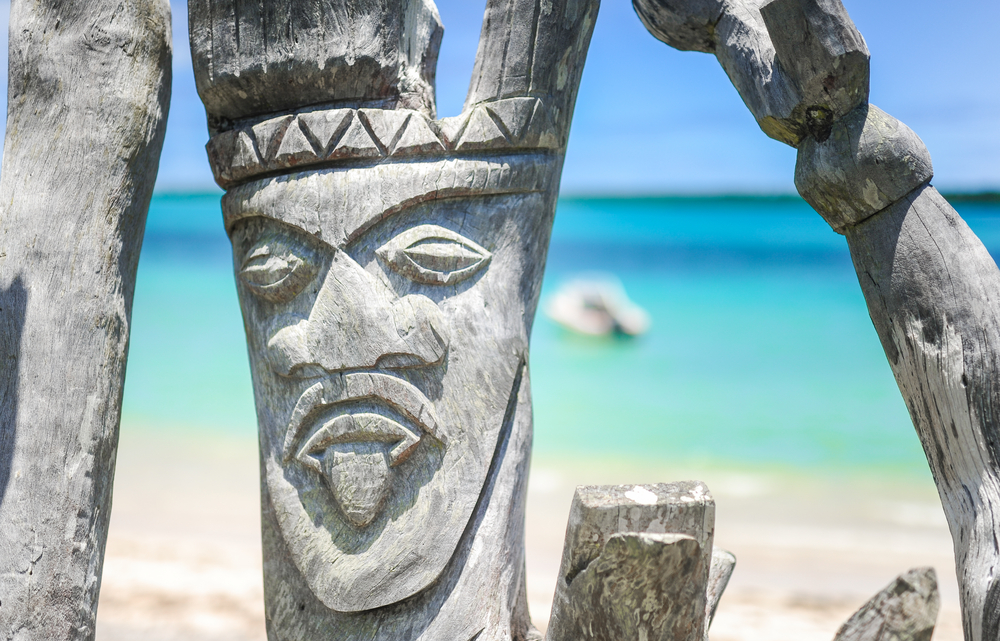
The peak season coincides with Australian and New Zealand school holiday periods, which can drive prices up along with crowds.
We’d advise booking your flights and accommodation well in advance if you plan on travelling during these periods. If you can handle a few showers, book during the shoulder months for better deals.
Getting around
Vanuatu has no official public transport system – but it’s still easy to get around.
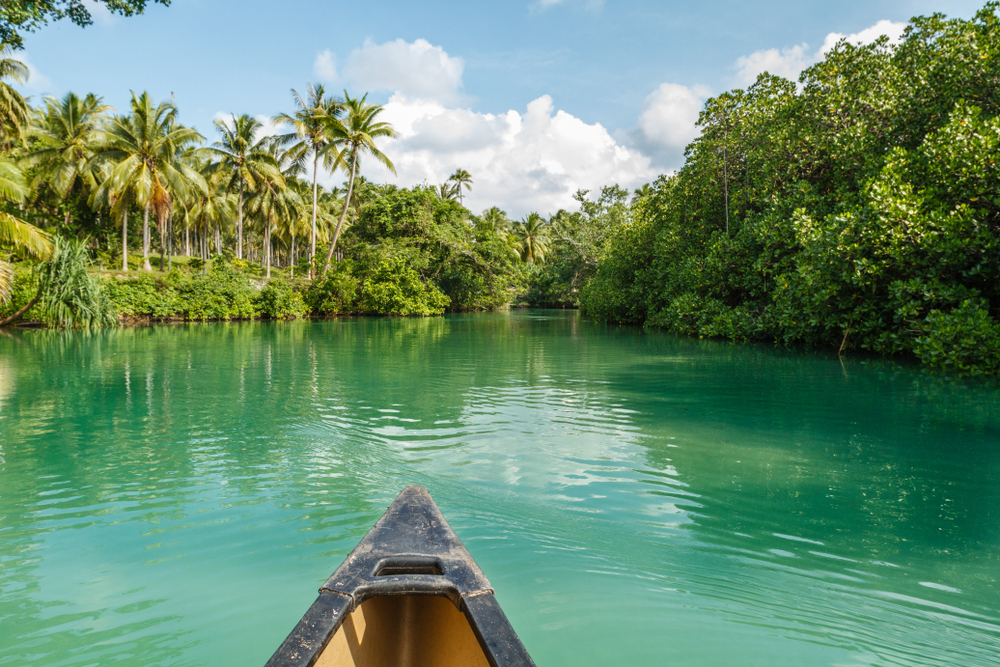
Minibuses are privately owned and can be identified by the letter “B” on their number plates. Flagging one down and jumping aboard is an experience in itself.
Taxis are everywhere and reasonably priced.
Efate’s Ring Road and Santo’s East Coast Road are sealed and easy to drive. As soon as you head away from major areas, lack of signage and poor quality roads can make driving a little trickier. Not all car rental companies will provide child seats for little ones.
Flying is the best way to get between the islands, with regular local services.
The best way to get to many of the blue waterholes is to hire a boat and a local to paddle you – or simply walk there.
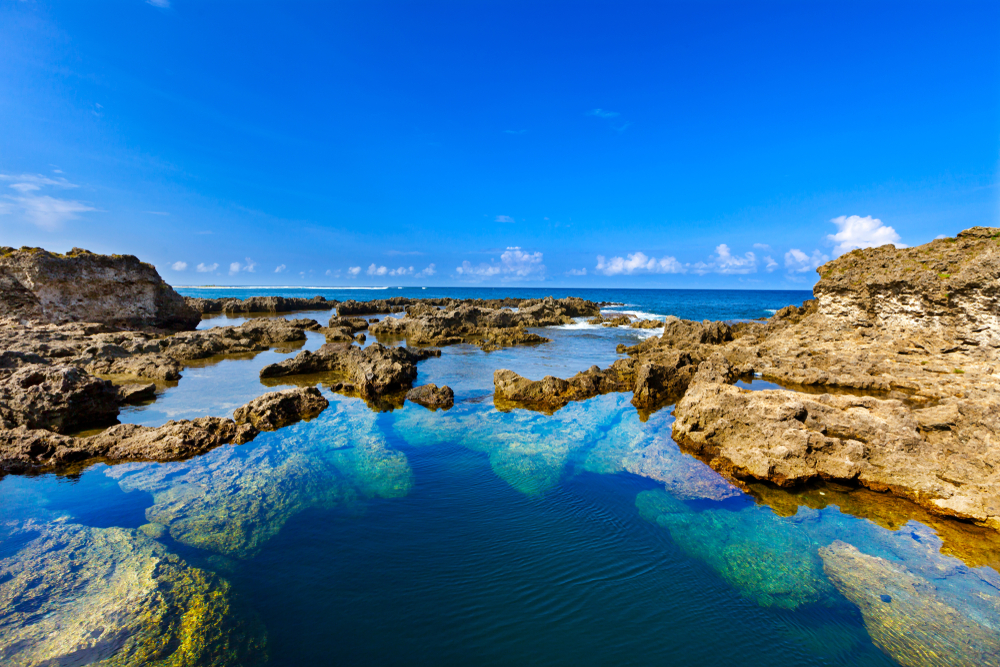
Health
Dengue Fever is a risk across Vanuatu and Malaria is known to occur on the outer islands. To avoid mosquito-borne illnesses, apply child-safe insect repellent (with no more than a 20% concentration of DEET).
Skilled local and international doctors are on hand at Port Vila Hospital and Santo’s Northern District Hospital. Vanuatu also has a private hospital and a mobile paramedic service (ProMedical) in the capital offering higher quality care. Health care is limited outside Port Vila. It is essential to have adequate travel insurance for your family in case of emergency.
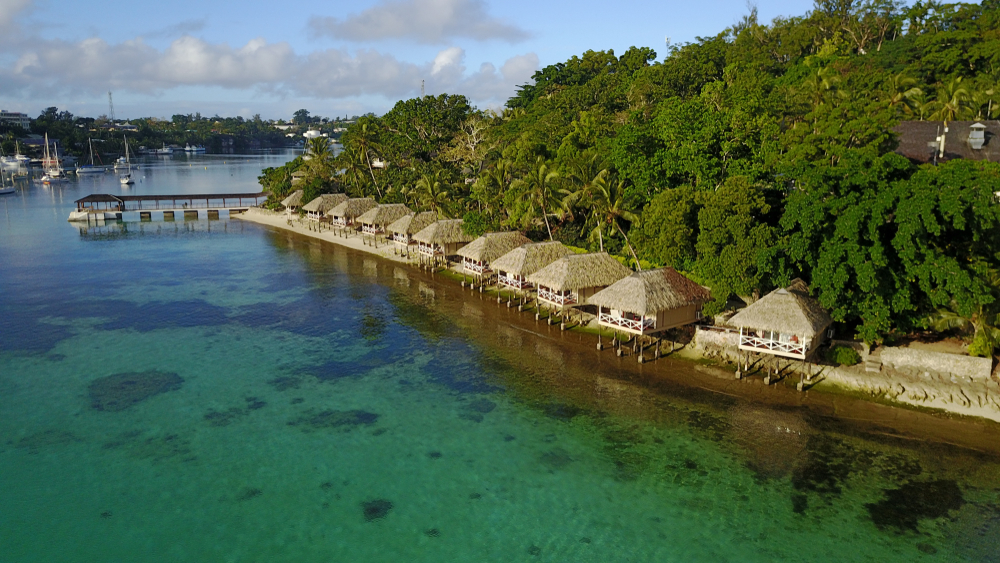
Drink bottled water with an intact safety seal to avoid upset stomachs and take care with what you eat. Stick to food that is nice and hot, thoroughly cooked and fresh. Avoid anything that has been reheated.
No vaccinations are required to enter Vanuatu, but your whole family should consult your doctor to make sure you’ve covered all bases.
Souvenirs
The Tamtam (or split drum) is a carved wooden totem used by village chiefs to gather villagers together. Smaller versions make a great memento of your visit. So do grass skirts, coconut shell jewellery and woven bags – make sure any plant-based items are properly treated or you may have trouble clearing customs in your home country. Colourful sarongs are lovely and practical gifts.
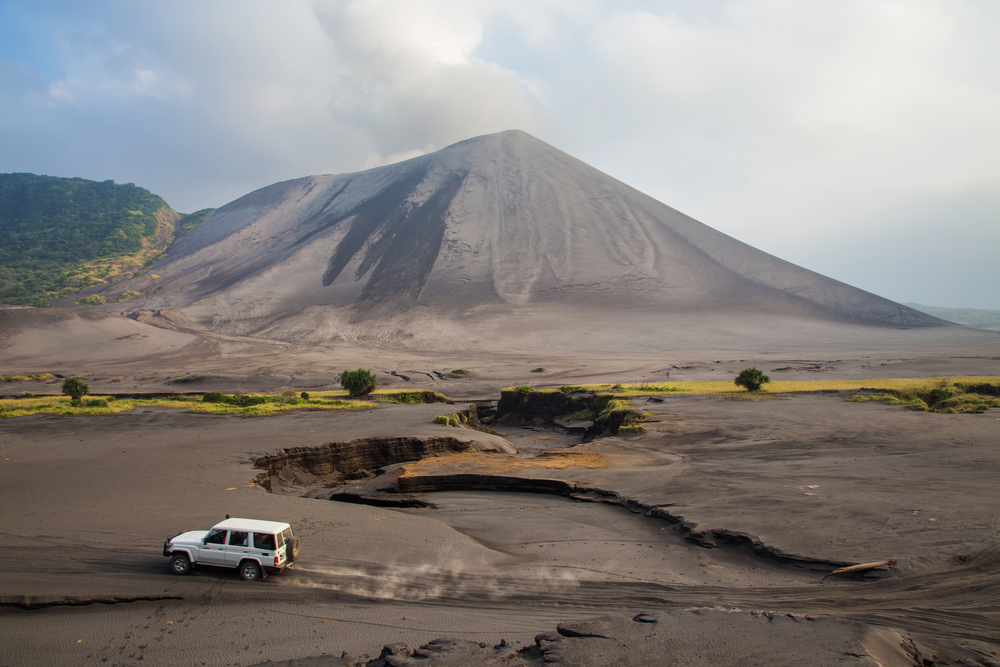
Food
Common staples include root vegetables like yam, sweet potato and taro, plantains and coconuts, fresh reef fish, shellfish and pork. Fresh fruit including bananas, pineapples, and mangoes are abundant. The market in Vila is the best spot to try local cuisine and to stock up on fruit for the little ones.
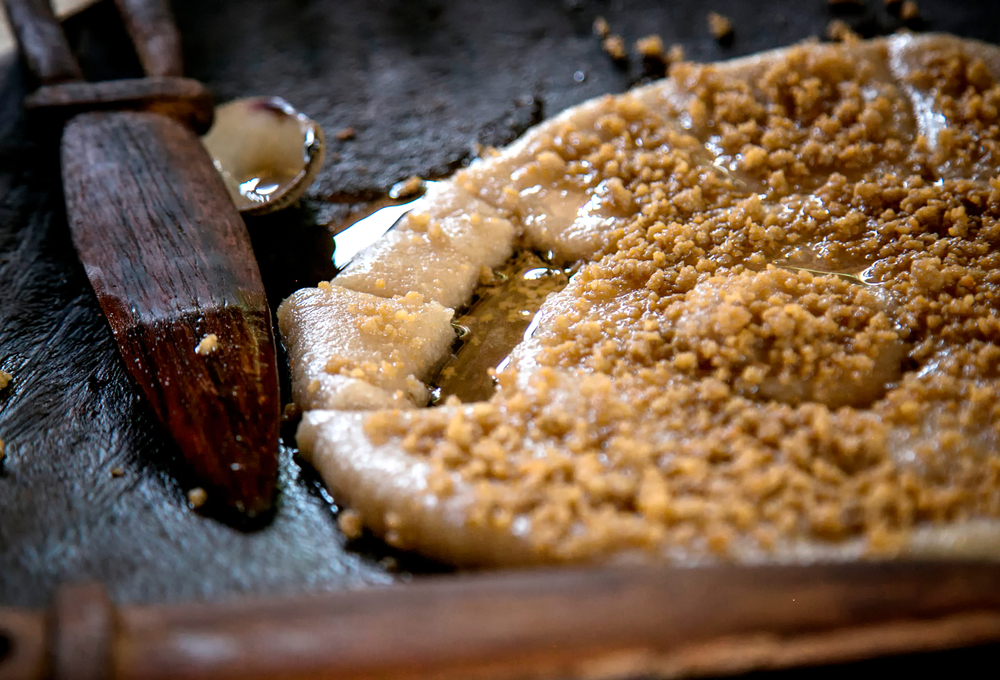
The national dish of Vanuatu is Laplap: taro, wild spinach, grated coconut and meat wrapped in banana leaves and baked in an earth oven using traditional cooking techniques.
You’ll also notice the French culinary influence in Le Bon March supermarket and restaurants in Vanuatu, a former colony of France
Local Customs
The Ni-Vanuatu people are mostly of Melanesian origin and have lived on the islands for centuries. Recognised as one of the most culturally diverse countries in the world, more than 110 different cultures and languages thrive in Vanuatu.
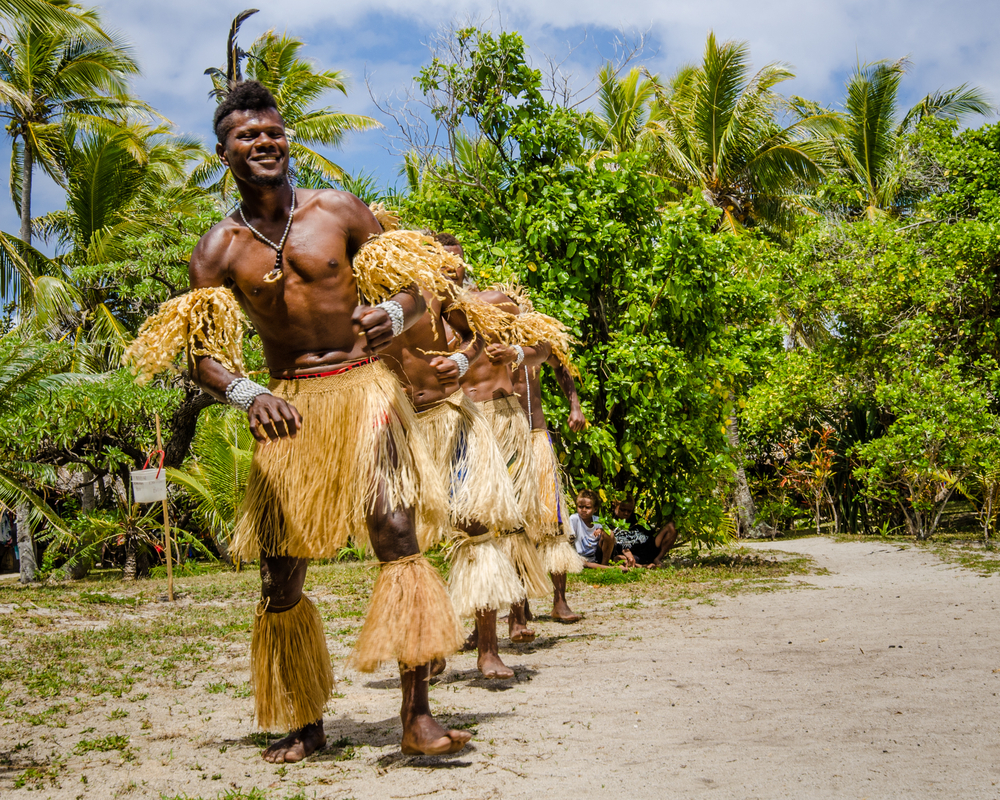
Traditional ceremonies, feasting and dancing still form an integral part of village life, which varies greatly from island to island. Visitors should always be gracious and follow the protocols enforced by individual chiefs when entering kastom (custom) villages.
Visitors should always dress respectfully. Swimwear should be reserved for the beach or resort pools and knees and shoulders covered when in town or visiting a kastom village.
Bargaining is considered rude – prices are fixed.
Costs
While it is relatively cheap to get to Vanuatu, make sure you plan an adequate budget for your stay. Accommodation can be found to suit all budgets. Bag a bargain with all-inclusive packages that cover flights, meals, entertainment and accommodation.
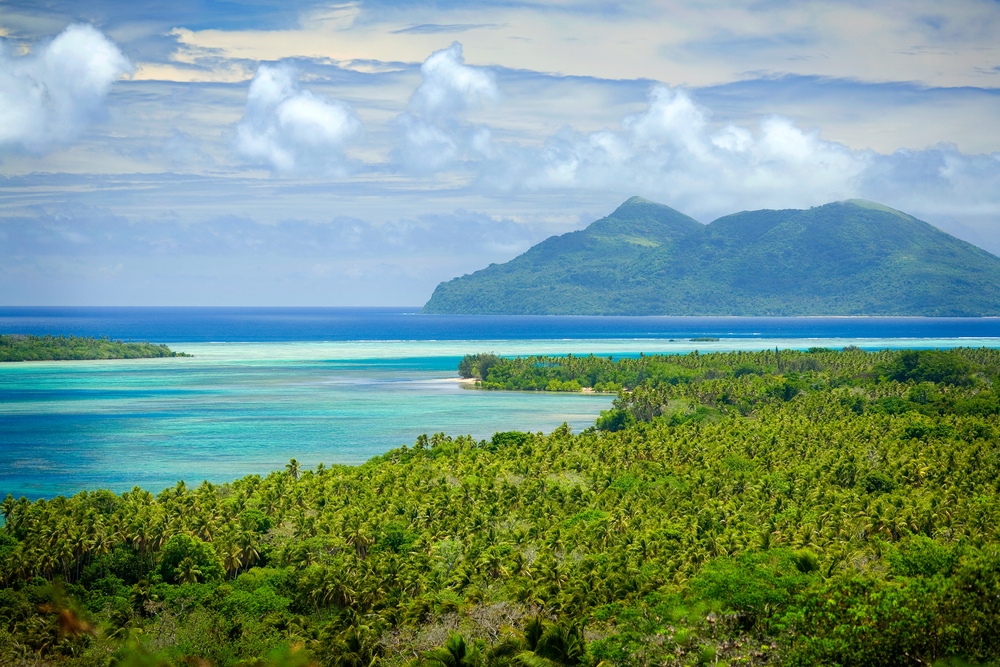
Transport is relatively cheap. Travel between Vanuatu’s islands generally requires a flight, which can be quite pricey.
Most restaurants are fairly casual and prices are similar to those in Australia. Outside Port Vila, the better restaurants tend to be part of hotels, which can inflate prices. If you want to buy your own groceries for DIY meals and snacks, supermarkets are readily accessible and are well stocked with Western-style food for fussy eaters.
Tipping is not expected in Vanuatu, nor is haggling or bargaining as prices are fixed.
Read more:
Vanuatu’s incredible blue waterholes
Fiji or Vanuatu – which one is right for you?
The best activities and experiences in Vanuatu
